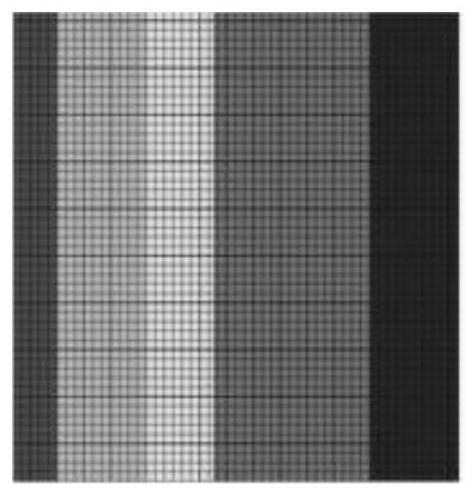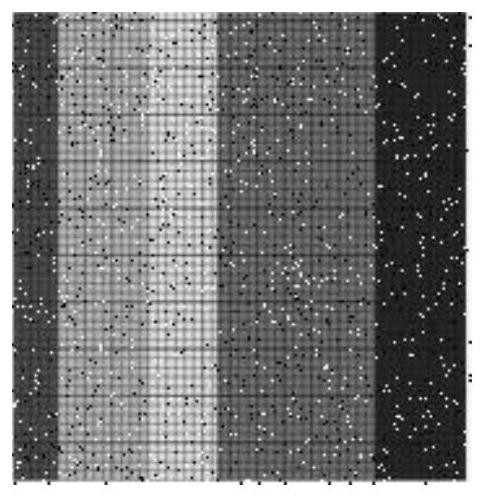A moving object detection method based on non-convex low-rank sparse decomposition
A technology of sparse decomposition and detection method, applied in the field of computer vision, can solve the problems affecting the extraction accuracy and low background accuracy, and achieve the effect of superior performance
- Summary
- Abstract
- Description
- Claims
- Application Information
AI Technical Summary
Problems solved by technology
Method used
Image
Examples
Embodiment Construction
[0054] Below in conjunction with specific embodiments, the present invention will be further illustrated, and it should be understood that these embodiments are only used to illustrate the present invention and not to limit the scope of the present invention. The modifications all fall within the scope defined by the appended claims of this application.
[0055] Figure 2-Figure 7 This is a comparison diagram of the simulation results of the present invention based on the non-convex low-rank sparse decomposition model applied to the noise image corrupted by salt and pepper noise at a noise intensity of 0.05 and other models. figure 2 is the original image, image 3 is the noise image, Figure 4 to Figure 7 They are the images recovered by the algorithm proposed in the present invention, NNWNN (Nonconvex Nonsmooth Weighted Nuclear Norm), TNN (Truncation Nuclear Norm) and PCP algorithms.
[0056] The moving target detection method of the present invention focuses on solv...
PUM
 Login to View More
Login to View More Abstract
Description
Claims
Application Information
 Login to View More
Login to View More - R&D
- Intellectual Property
- Life Sciences
- Materials
- Tech Scout
- Unparalleled Data Quality
- Higher Quality Content
- 60% Fewer Hallucinations
Browse by: Latest US Patents, China's latest patents, Technical Efficacy Thesaurus, Application Domain, Technology Topic, Popular Technical Reports.
© 2025 PatSnap. All rights reserved.Legal|Privacy policy|Modern Slavery Act Transparency Statement|Sitemap|About US| Contact US: help@patsnap.com



